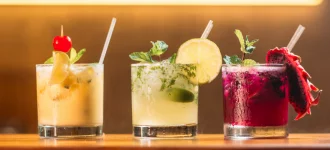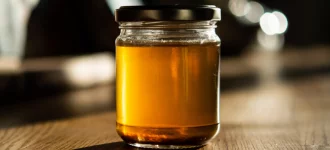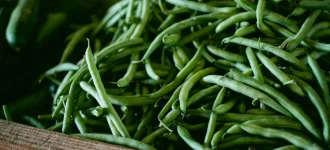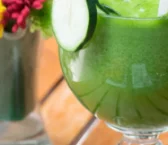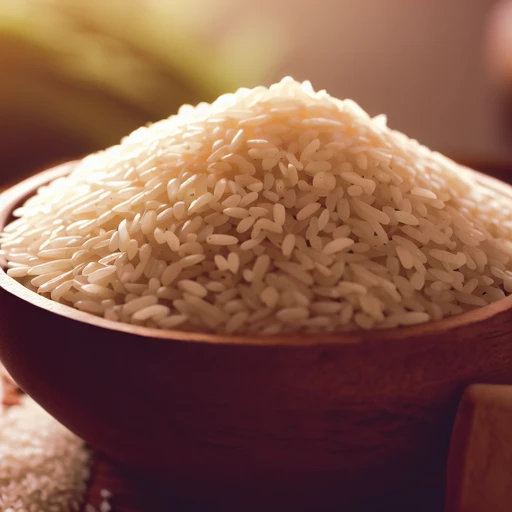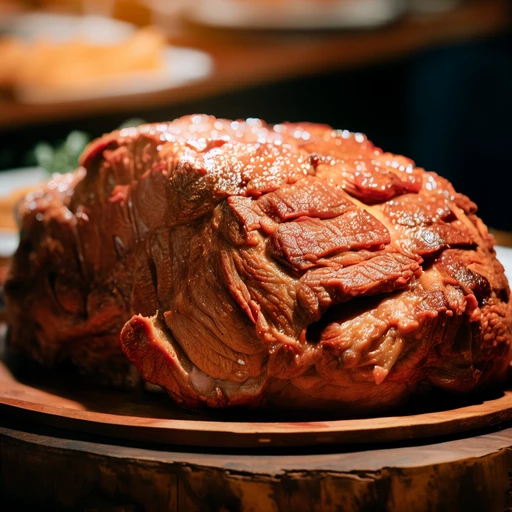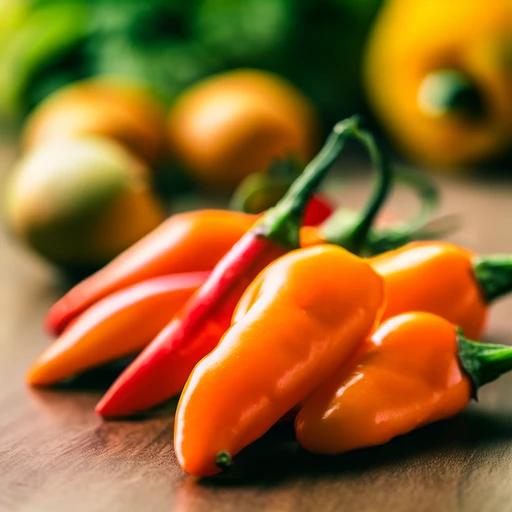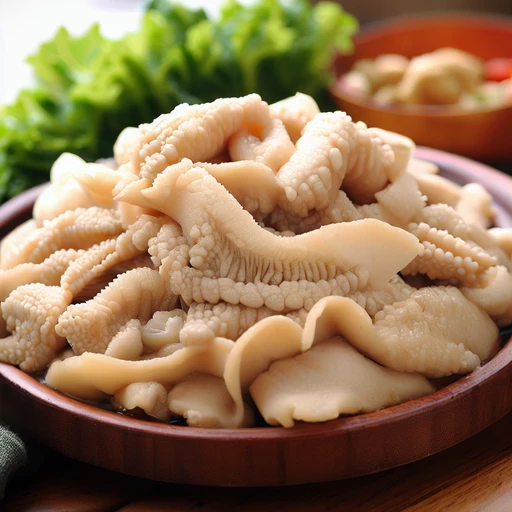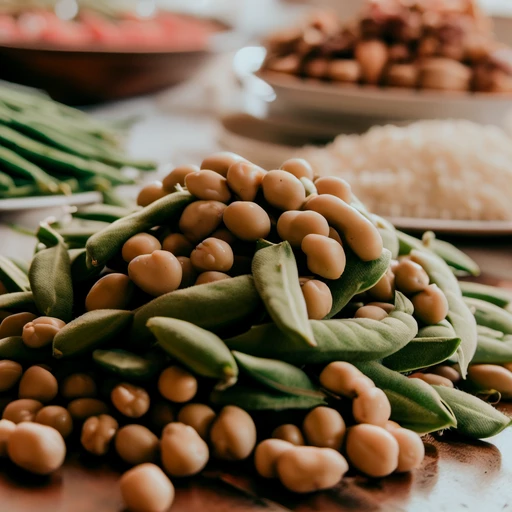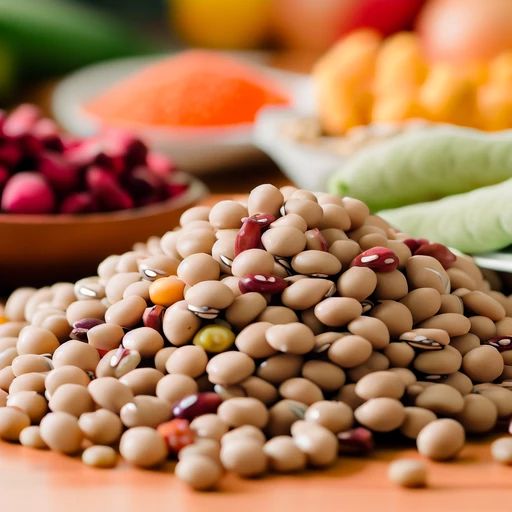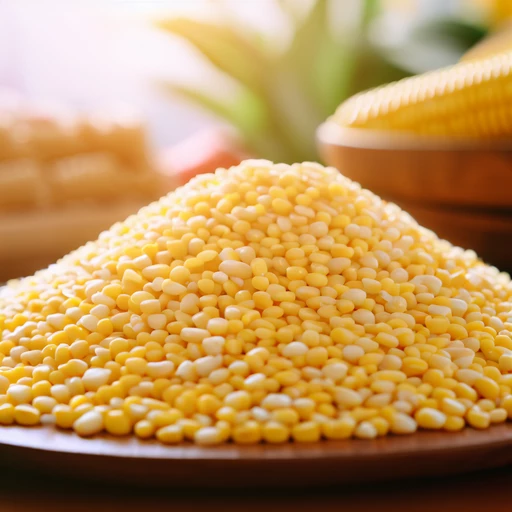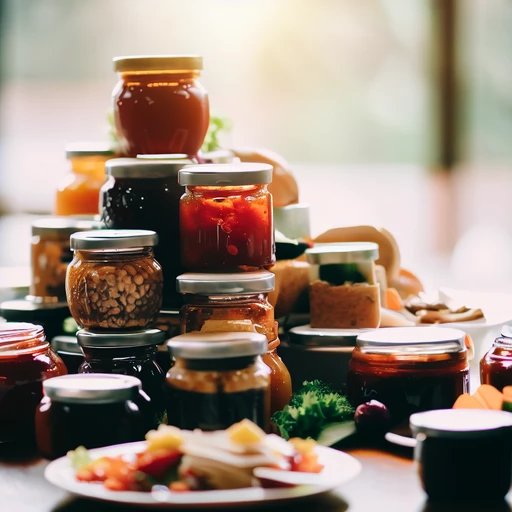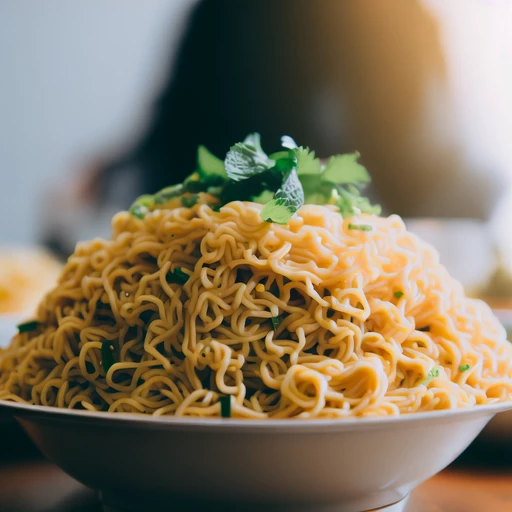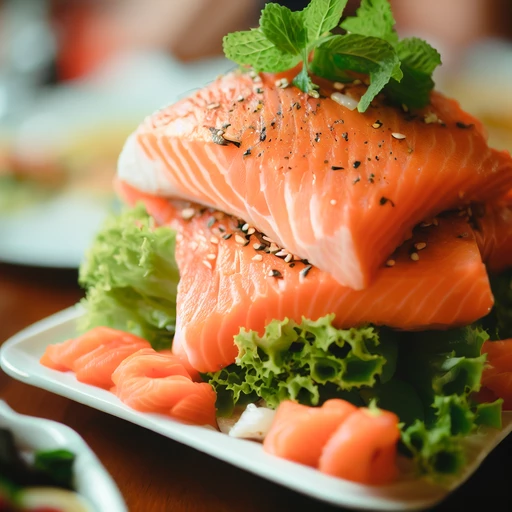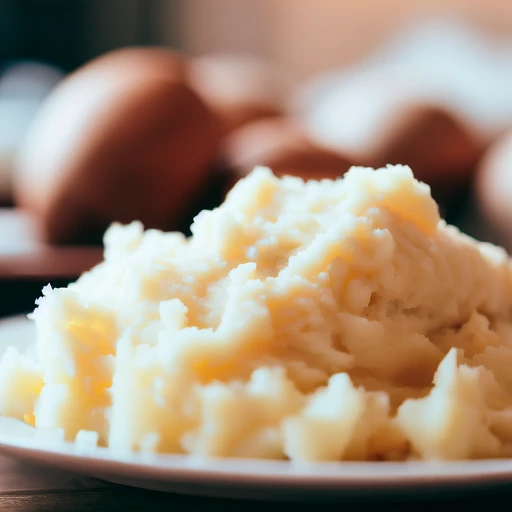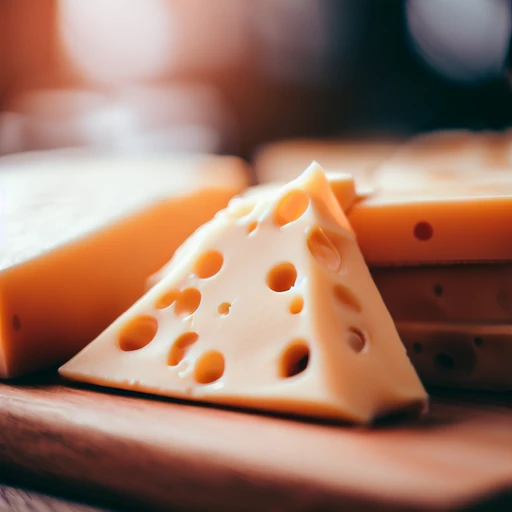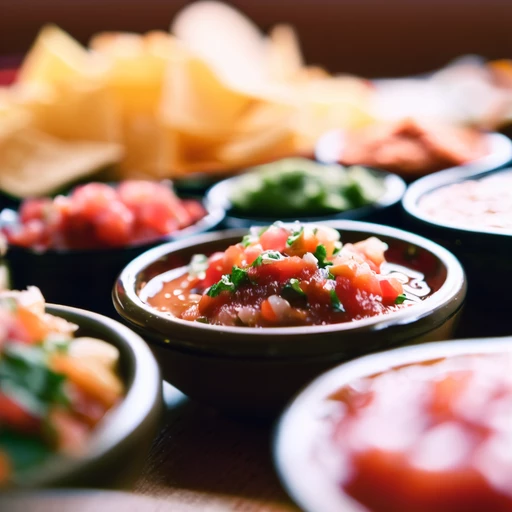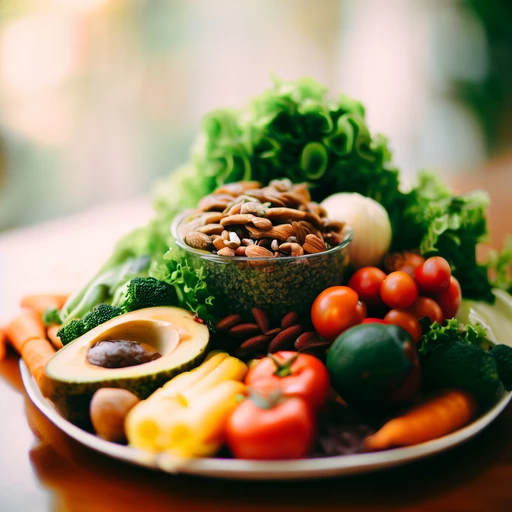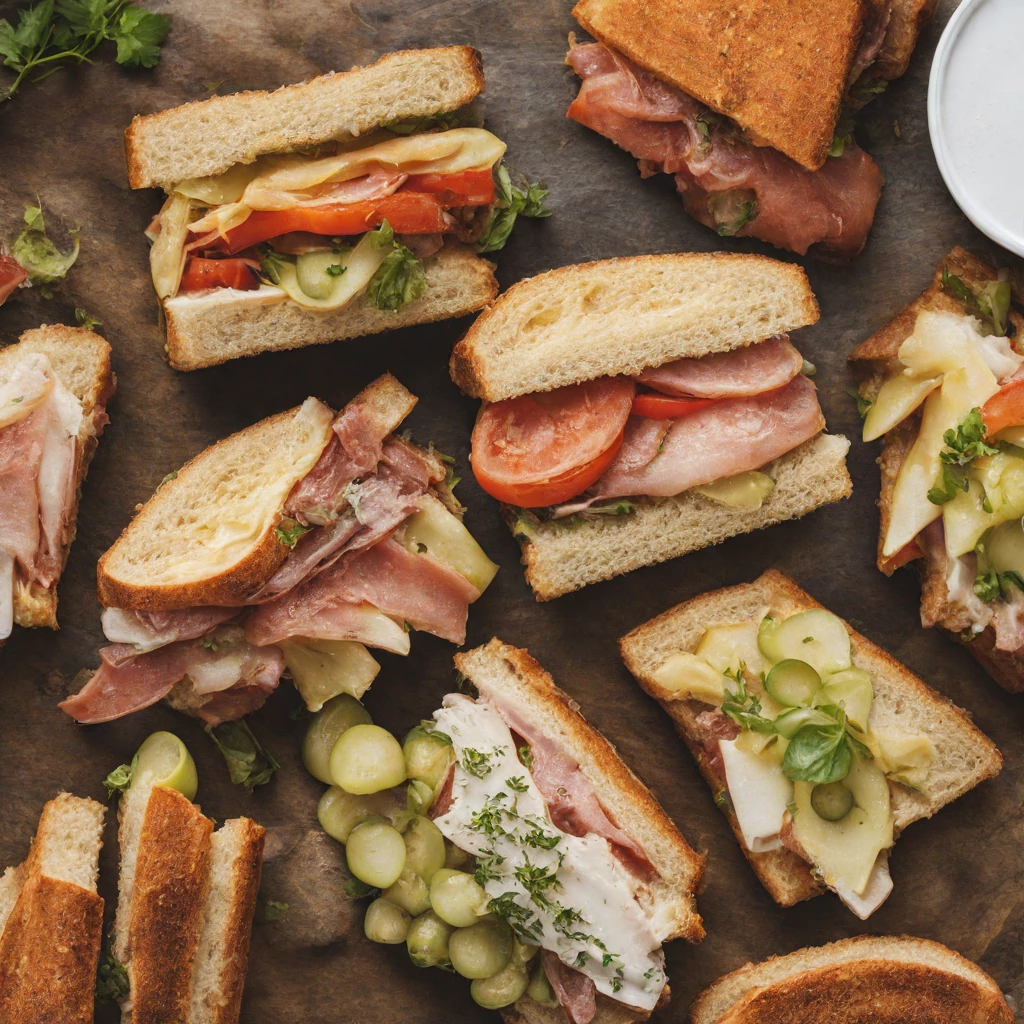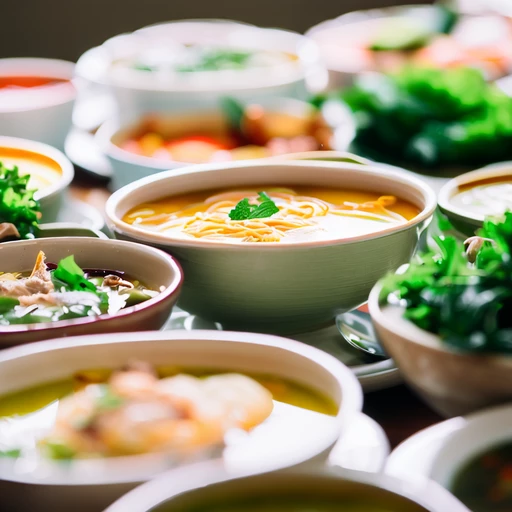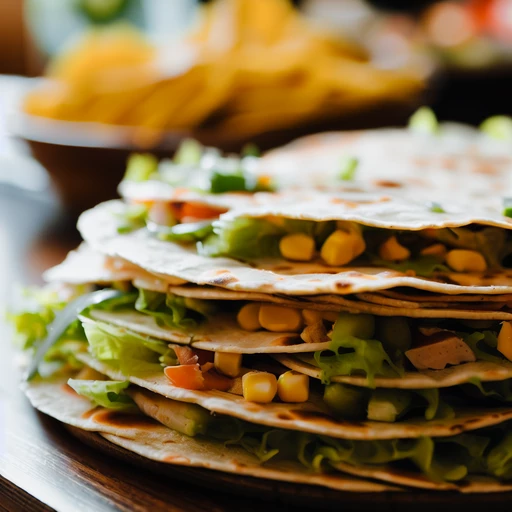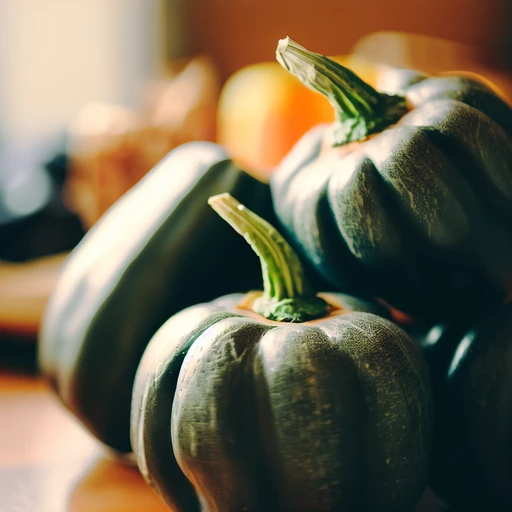Tasty quality
We had been wondering for a long time what defines the tasty quality of a food, why are there people who love cauliflower and broccoli; while others can't even see them?
Since we left the womb, we instinctively know that milk is a rich, nutritious and safe food. Over time, we begin to discover endless foods full of smells, textures and colors that awaken the imagination in our senses and trigger memories.
Taste, regardless of whether you love to cook or is just another activity in your daily life, is one of our most developed senses, and this is not just because, there is a powerful evolutionary reason that explains it.
When we were nomads and later foragers, not only did we rely on keen eyesight and sensitive hearing to hunt and gather; but we needed to go one step further and be able to identify what products we could safely ingest and not suffer serious poisoning or die in the process. Remember that, at that time, getting a doctor wasn't around the corner and an infection could be a slow and painful way to die.
Nowadays, we all enjoy food, because it's easy to get and quick to consume, we live in a society that doesn't stop to think and question, but when you're eating, you've started thinking. How do you know that that food, which you eat with so much pleasure, is tasty?
If you ever touched your tongue, you'll remember that it felt wet and rough and that's because our tongue is a precision tool, since it has more than 10,000 receptors in its scant cm that wake up when it detects food dissolved in saliva, they immediately send signals to your brain so that you can discern, in thousandths of a second, if what you are tasting is sweet, salty, sour, bitter or tasty.
What is the quality of tasty?
The tasty quality is a property of certain foods such as red meat, fish, vegetables, mushrooms, green tea, breast milk and some aged ferments such as cheeses and dairy products in general.
These products, which have the quality of being tasty, have three acids, glutamic acid, inosinic acid and guanylic acid, acids necessary for the proper functioning of the biological processes that keep us alive. None of the three is synthesized by the body and must therefore be incorporated into the diet.
Since we know that not only are they rich to eat and that we should incorporate them into our diet, it remains to ask ourselves how do these acids act to trigger such a sensation?
In simple words, they act like salt, they are natural flavor enhancers, but much more effective than salt. Separately, foods rich in “umami”, a Japanese word that means tasty, are like trying to break a piñata while blindfolded, you can guess how not to; but when they are together they enhance their flavors and highlight the rest of the ingredients of the preparation in a harmonious way and with a subtle flavor that resists disappearing from the palate, which stimulates the taste buds through an exaltation of the salivation that runs through the mouth and the palate. This is when that saying, that food makes my mouth water, makes sense, because that is exactly what “umami” causes in us
.To conclude this article, the quality of savory or “umami” is a sensation caused by certain foods, which when combined with others enhance and enhance flavors, smells and textures.
Describing umami, in a single word, is difficult and very subjective, because in terms of taste, molds break and what is rich for one, may not be so for another; yet for us, life recipes, that word that approaches to describe it is, pleasant. What is yours?
Now that you know which foods have the quality of being tasty, we invite you to review our recipe book and discover, for example, how to prepare a delicious traditional lasagna, which mixes 4 ingredients rich in umami.
